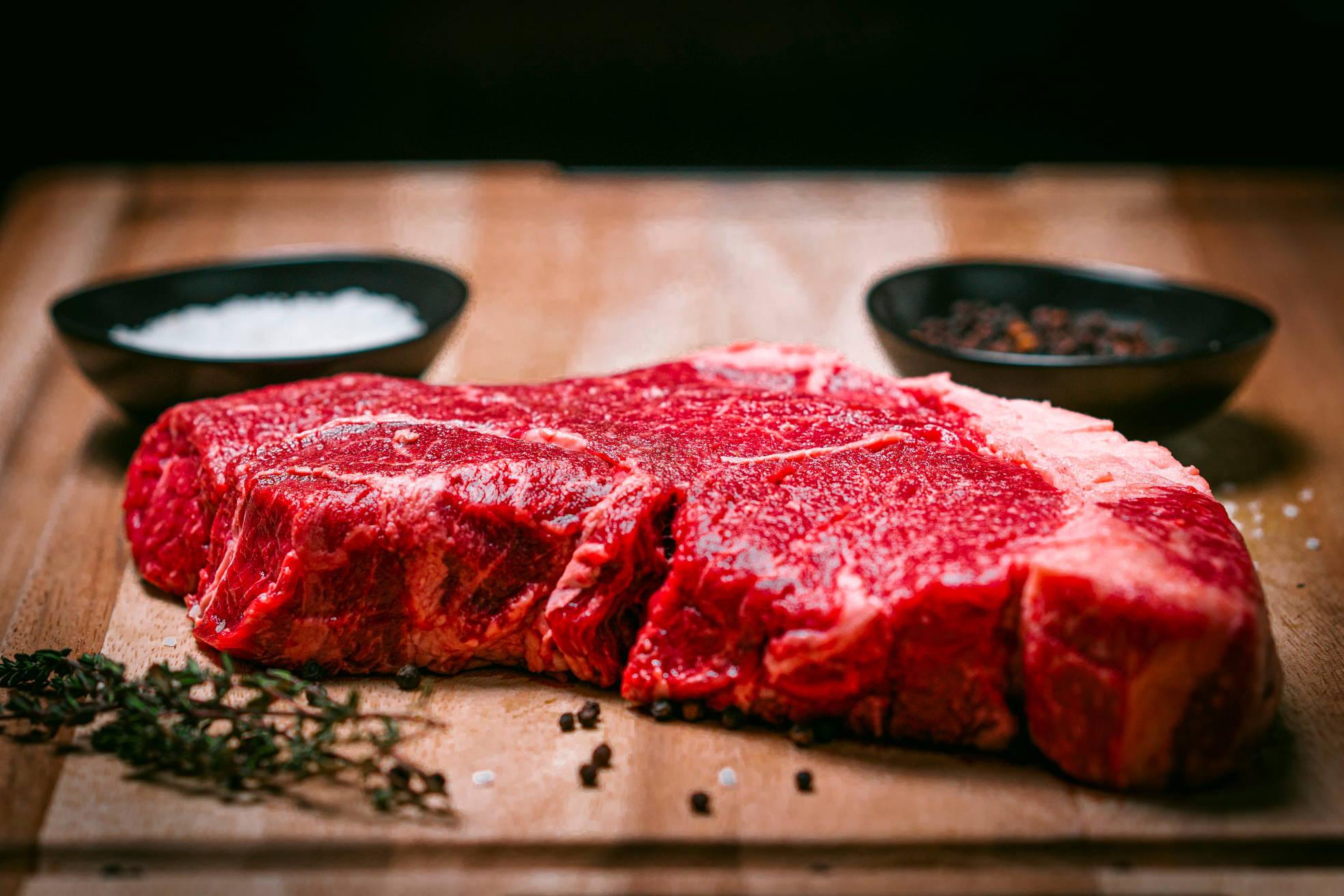At first, it can be a daunting task to prepare and cook a quality product like Wagyu beef. However, as intimidating as cooking Wagyu may seem, it’s actually something that anyone can cook from the comfort of their own home. All they need are the right materials and to keep the following tips in mind.
Prepping a Wagyu meal begins at storage. When ordering online from Browsey Acres (or other suppliers), your meat should arrive in frozen vacuum sealed packaging. To avoid freezer burn or any other mishaps, it’s best to pop your cuts in the freezer ASAP until you’re ready to cook. Note that if you use warm water to thaw the meat, that will affect the taste if you choose to refreeze it.
The next step is to thaw your beef correctly. These steps are just as, if not more, important than the actual cooking in order to guarantee your cut of meat cooks all the way through from center to edge. Make sure you thaw your meat in its packaging on a plate in your refrigerator for 6 hours per pound of meat first. After that, take the meat out of the fridge 30 minutes prior to cooking and let it sit so you can bring it up to room temperature. This will give you the best conditions to cook a perfectly even piece of meat.
It is widely recommended to go easy on the seasoning in general with Wagyu since it comes with its own abundance of flavors. Seasoning may actually get in the way or hide some of the unique texture and flavors Wagyu brings to the table, so it’s best to come at this with a minimalist attitude. Salt and pepper are really all you need. Less is more with this kind of beef.
Most at-home chefs recommend using a cast iron skillet for Wagyu rather than a grill, especially for beginners. These guidelines are for the Wagyu novices who are about to cook their best steak in a skillet yet:
- It’s possible to cook Wagyu without greasing the pan with butter or oil first since the beef fat will provide its own natural grease. Additional greasing is still an option but often unnecessary.
- For a rare finish, sear for three minutes per side. For a medium-rare sear, aim for four minutes per side.
- When checking the Wagyu for doneness you should be looking for medium-rare or 130°F.
- And when finished, plate the steaks and let them sit for at least 5-10 minutes so the meat soaks up all those juices before you cut into it.
It’s best to eat Wagyu products in smaller portions to avoid an upset stomach. One to two ounces of meat serves one person, so a 13-ounce steak can feed anywhere from 6 to 12 people. Though the type of fat in Wagyu provides health benefits, Wagyu steaks contain a much higher fat content than, for example, regular Angus steaks. That fat content is a lot richer in many other ways too.
After cooking, you can store the leftover fat in your pan or grill and save it for your next steak adventures as a butter/oil alternative.


Share:
Know Your Cuts of Browsey Acres Wagyu Meat
Wagyu 101: How To Make an Epic Beef Tallow